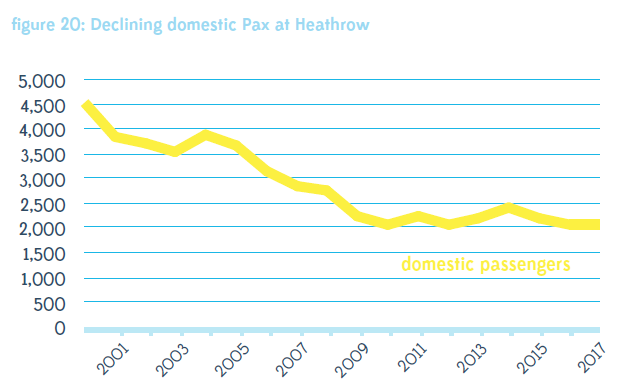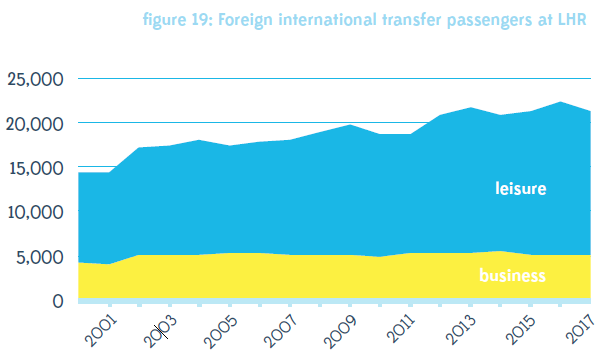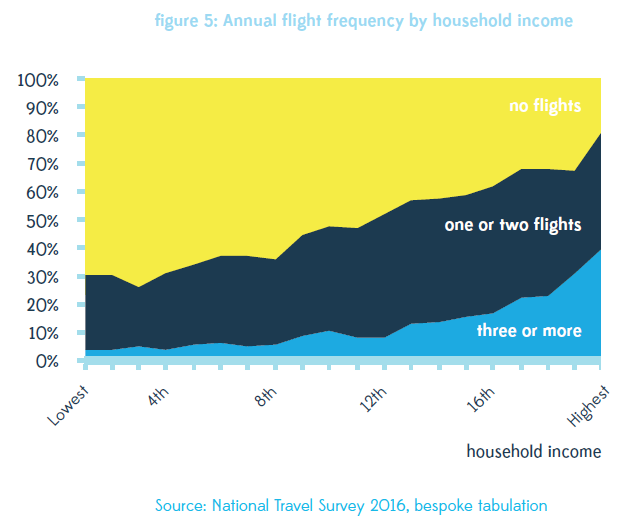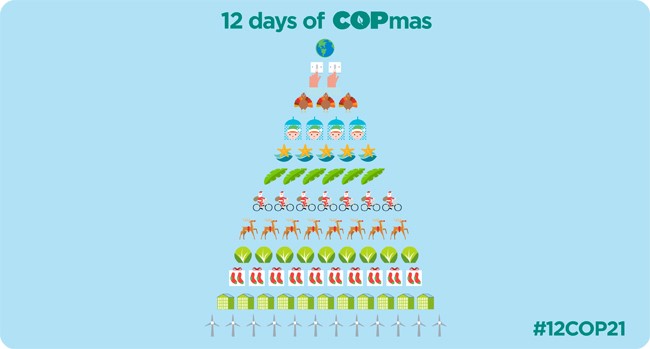Update January 2014: Before you read on, I need to make it clear that my induction hob DOES NOT actually use the amount of standby electricity that it appears to in this article. I eventually tracked the problem down to an issue with the electricity Real Time Display meter (RTD), otherwise known as electrcity monitors, I was using to monitor my electrcity consumption. Electricity real-time display meters do not cope well with appliances that have an inductive load – such as an induction hob, and consequently display the wrong, higher, power consumption as a result. This is explained in detail in the update blog post I wrote subsequently and provide a link to at end of this article. I write this update as this blog post has been read over 35,000 times in a year and many readers are not reading the update to the story – hence are thinking induction hobs are really bad. THEY ARE NOT! So please, if you read this article, be sure to read the next in the series, that explains what is actually going on.
I do not want to remove this article as many people are finding this article because they have discovered the same ‘problem’ when using electricity meters to monitor consumption, hence I want to leave the story as it unfolded for me, so others can understand the ‘problem’, which is actually with the power monitor not being able to cope with inductive loads, not the hob.
November 2012
I moved into my home some years ago and immediately set about refurbing the kitchen which was in a shocking state. One kitchen appliance I had been coveting for a long while was an electric induction hob. In my opinion it was a much more practical appliance than its gas fueled equivalent, with all its different bits that are tricky to keep clean and that persistent, nagging worry of whether you left the gas on or not. More importantly, the induction hob is promoted as a very efficient way to cook, being around 30% more efficient than other types of electric hob. At the time they were still a niche product, and relatively expensive to purchase compared to gas and other electric hobs, but I saw it as an investment.
So I went ahead and bought one from a very well respected, German manufacturer of kitchen appliances, and it was love at first use. The induction hob is an absolute joy to cook with. It is instantly responsive, it has a easy wipe-clean glass surface, you cannot accidently leave it on and there are no twiddly knobs or buttons, just a simple, minimalist, touch sensitive control panel embedded into the glass itself. Although expensive I didn’t regret my purchase for a moment, and I was sure in the knowledge that I had also made an energy efficient purchase (at the time I was thinking ahead to when I would install PV, so my hob cooking would be both cost and carbon free eventually).
Later on, I was testing out a range of ‘Real Time Display’ (RTD) products for work, these are devices you attach to your electricity meter that give you minute by minute information on your electricity usage. I then did exactly what people typically do when first installing an RTD, I went around the house, turning one gadget off after another, to see exactly how much power my individual appliances and gadgets were consuming.
It soon became apparent that there was something using rather a large amount of background power, and I couldn’t easily track it down! Everything with a plug attached was switched off, including the fridge-freezer, and still there was about a 70-80 Watt (W) residual consumption. Eventually I twigged – the only thing I hadn’t switched off at the mains was the induction hob. Luckily the red isolation switch for the hob is easily accessible, and as soon as I turned it off, my RTD showed almost zero.
Imagine my shock?! My wonderful, seemingly energy efficient induction hob was burning through a huge amount of power when it was, ostensibly, doing absolutely nothing! I was horrified, and checked, then double checked, my findings with a range of RTDs at my disposal. They all displayed the same bad news – my beloved hob was hugely wasteful in ‘standby’ mode.
At an average consumption of 75 W, and, by my calculation, taking off an average of one hour’s worth of actual usage a day which is a tad generous, in standby for 23 hours per day, I calculated my hob was using 1.8 kWh/day. This was costing me, at an average electricity unit price of 14.5pence, nearly £100 a year to run, when it wasn’t doing anything useful!
The other finding was, as my entire annual electricity use was only approximately 1800 kWh/year (as calculated through my electricity bill), that my hob, whilst ‘idling’, was responsible for one third of my entire electricity consumption.
My “cunning” solution to this problem was to keep switching the hob off at the isolation switch, both overnight and we left the house each day. This worked well for about a fortnight, but after that my hob suddenly stopped working! There was nothing for it but to call out an engineer and luckily my hob was still under guarantee. An engineer duly turned up and expressed surprise that such a new, typically reliable appliance should suddenly go ‘kaput’ just like that. I acted as innocently as I could and did not reveal I was switching it off each day as I guessed that might have invalidated the warrantee. He fixed it, and I decided that it wasn’t too wise to continue switching it off daily especially as I was coming to the end of my warrantee period, so I just decided to swallow the extraordinarily high running cost.
Roll forward to the present day. Since installing PV panels over a year ago I have been monitoring both my electricity use and production carefully through the use of my PV enabled Wattson RTD meter, which gives me graphical breakdowns of total usage by minute, hour, day and month. What I have noticed over the last twelve months is a gradual increase in my typical daily usage of electricity; even though we have not added any new appliances to the mix and are as careful as ever with our usage. So, for example, instead of the typical 1800 kWh/year total consumption, I am now looking at around an estimated 2200 kWh/year over the past 12 months according to my Wattson real time display meter.
My first thought was that our 6 year old fridge-freezer was deteriorating in performance, so I checked that – no joy there. I also checked our base load consumption (with hob switched off) when we were away on holiday for a week, that turned out to be a reasonable 1.6 kWh/day. Then we went through the house, turning off one product at a time to see if we could identify the culprit – still no luck! Until, yes you guessed it, we arrived to the hob. Now, I was used to the hob’s 70-80W consumption pattern, so was expecting to see that level of reduction but, imagine my shock yet again when the RTD meter dropped by around 150W when we switched it off?! We tested this thoroughly, and when we next went away we left the hob on, to check background consumption. Sure enough, background usage as monitored by the RTD, over a 24 hour period with no-one at home, but with the hob left on, was around a total electrcity use of 5.5 kWh. This means it is now using around 1200 kWh/year whilst idling, inexplicably the appliance seems to have suddenly deteriorated in performance?
Scaled up over a year, and with a new annual total electricity usage pattern of 2200 kWh, it appears to mean my hob is now responsible for over half my entire electricity consumption and is costing me £150 a year whilst doing absolutely nothing except waiting for me to come and turn it on through the touch sensitive control panel.
At that extraordinaily high running cost, I thought I’d look online to see if it would be worth my while buying a new, truly efficient model, but the problem is, as far as I can ascertain, no manufacturer currently displays the ‘standby’ function energy consumption in their publicly available product details for hobs. Electric hobs will be soon coming under the EU energy label jurisdiction, and that does have a requirement for any ‘standby’ mode not to have a higher consumption load than 0.5W. My worry is if the mode that my hob sits in whilst waiting to be turned on at the touch control is defined and labelled something other than ‘standby’ mode, for example ‘quick start’ mode or something similar, then manufacturers can legally by-pass the standby requirement and continue to produce such inefficient appliances.
Please follow this link for an update on this issue. The effect I was seeing on my electricity display meter (RTD) is not actually real, and the electricity usage of my hob in standby mode is actually MUCH LESS than what I describe here due to a phenomenon known as the ‘power factor’.











 My blog post of the 11th November, where I talked about the apparently huge standby consumption of my “efficient” induction hob (click
My blog post of the 11th November, where I talked about the apparently huge standby consumption of my “efficient” induction hob (click 
